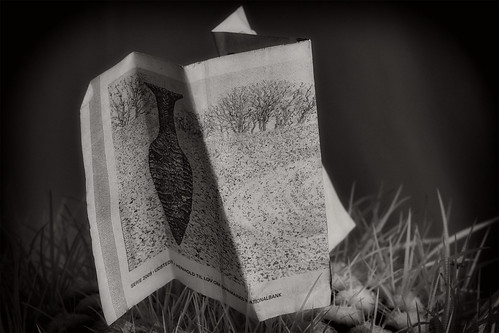In addition, we report that TLR3-induced GPR15 up-regulation is more prominent in intestine homing CD4+ peripheral T cells than in the T cells homing to lymph nodes, suggesting that TLR3-dependent up-regulation of GPR15 could enhance HIV infection of intestinal T cells. Certainly the intestinal CD4+ T cells show higher expression of GPR15 notably those in the lamina propria.
PBMCs had been seeded at 16106 cells/ml in a 24-well plate and stimulated with the subsequent TLR ligands at the focus of one mg/ml Pam3CSK4 (TLR2), 10 mg/ml polyIC (TLR3), .5 mg/ ml LPS-EB ultrapure (TLR4), one mg/ml CLO75 (TLR7/8), 4 mg/ ml CpG (ODN 2006) (TLR9) (all Invivogen, San Diego, CA, United states) or PBS (HyClone, Thermo Scientific) for 24 hrs. For inhibition of TLR3 signalling, PBMCs were pre-treated for 6 hours with 5 mM PepinhTRIF (Invivogen)  and subsequently stimulated with polyIC as explained earlier mentioned. PM1 cells [28] ended up contaminated with a few diverse primary HIV-1 isolates 25, 2195 and 4052 [11,sixty two] for a few times. 2.56104 cells were infected in triplicates in a ninety six- well format. Following 24 hrs cells were washed as soon as with PBS and supplemented with clean medium. On working day 3 triplicates had been pooled and stained for GPR15 and intracellular p24 as indicated under.
and subsequently stimulated with polyIC as explained earlier mentioned. PM1 cells [28] ended up contaminated with a few diverse primary HIV-1 isolates 25, 2195 and 4052 [11,sixty two] for a few times. 2.56104 cells were infected in triplicates in a ninety six- well format. Following 24 hrs cells were washed as soon as with PBS and supplemented with clean medium. On working day 3 triplicates had been pooled and stained for GPR15 and intracellular p24 as indicated under.
For analysis of GPR15 or CXCR6 expression, a whole number of 56105 PBMCs or PM1 cells have been washed with FACS buffer [16 PBS supplemented with five% FCS (HyClone Thermo scientific)], blocked for 30 min with 50 ml human serum and stained with mouse anti-GPR15/CXCR6 antibody or matched mIgG2b isotype control antibody (each R&D Systems, Minneapolis, MN, United states) diluted 1:one hundred in FACS buffer for thirty min at 4uC. The cells have been washed once again and stained with anti-mouse Dylight649 (1:250) or Dylight488 (1:200) (Dianova, Hamburg, Germany) secondary antibody in FACS buffer for thirty min at 4uC, adopted by washing and fixation in PBS/1% paraformaldehyde. For staining of CXCR4 and CCR5, 1.twenty five ml of anti-CXCR4 (BD) and ten ml of anti-CCR5 antibodies (R&D Method) with each other with matched isotype controls ended up utilised. For examination of GPR15 expression on CD4+ T cell subpopulations GPR15 staining was carried out as described above utilizing anti-mouse Dylight649 secondary antibody followed by a third staining stage with two.5 ml anti-CD3 V450, 5 ml anti-CD4 PE, 5 ml anti-CD45RA PerCP-Cy5.5 and 1 ml anti-CCR7 PE-Cy7 (all BD, Franklin Lakes, NJ, Usa). For GPR15 staining right after TLR stimulation Dylight488 was used as secondary antibody15734727. For investigation of GPR15 floor expression on various lymphocyte subsets PBMCs were stained with one ml anti-CD4 PE-Texas Crimson (Abcam, Cambridge, Uk), 2.five ml antiCD8 APC and 5 ml anti-CD19 PE antibodies (all BD). To analyse the co-expression of GPR15 with lymph node and gut homing receptors, PBMCs were stained directly ex vivo making use of five ml anti-CD62L PE, 10 ml anti-a4 integrin PE (CD49d) and ten ml anti-b7 integrin APC antibodies (all BD), and one ml CD4 PE-Texas Purple (Abcam). For investigation of GPR15 expression on HIV-1 contaminated PM1 cells the cells had been stained for GPR15 as indicated over. Afterwards the cells have been permeabilised and stained for intracellular p24 utilizing the TP-10 cytofix/cytoperm package (BD Biosciences) adhering to the manufactures recommendations. The intracellular p24 staining was executed for twenty min at 4uC with 5 ml KC57-RD1 (Beckman Coulter) 1:10 diluted in BD permWash. Soon after washing cells ended up fixed in 4% PFA.
